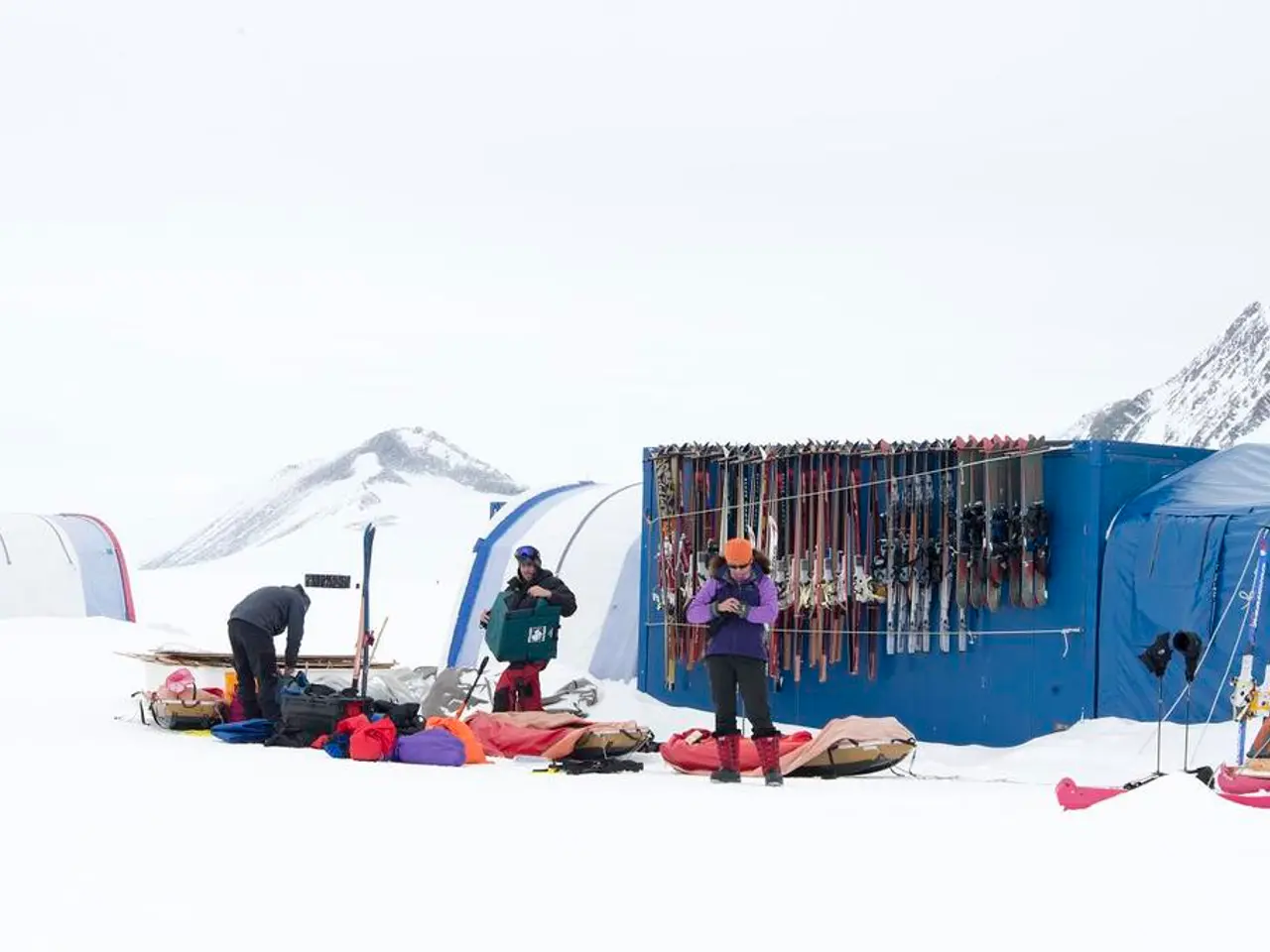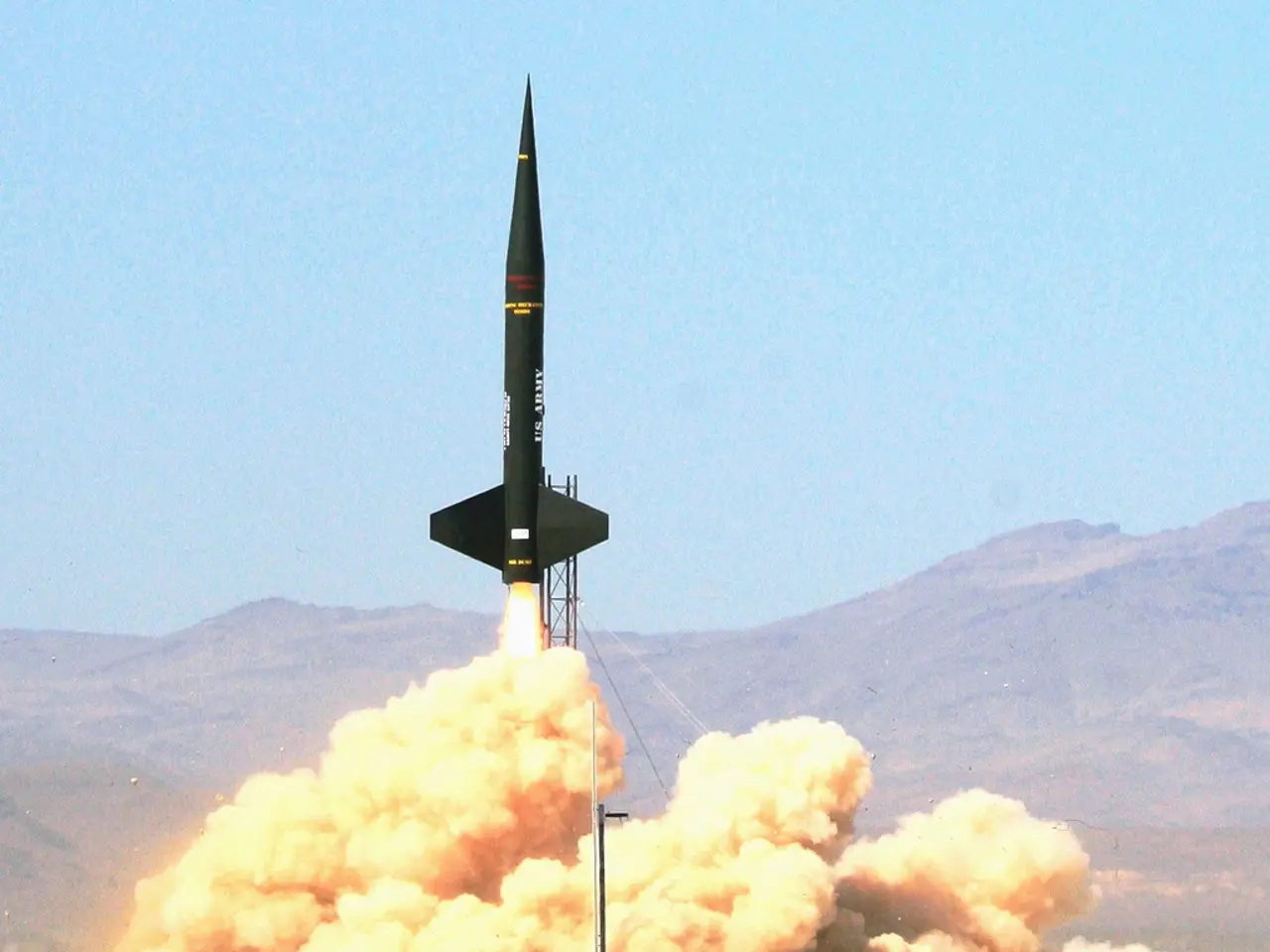Stranded Mountaineers Confess Overstepping Ice Climbing Boundaries
Jake, an ice climber who recently moved to New Zealand, found himself in a precarious situation on July 2 after a day of climbing turned into one of the worst of his life.
Jake and his climbing partner set off at 7am, planning to be back at their car at The Remarkables Ski Field by 3pm. However, their day took an unexpected turn when they decided to climb Blue Velvet around 10.30am. By the time they reached the foot of the first 30m, the wind had started picking up. The New Zealand Avalanche Advisory danger for the area was 'considerable' at the time.
Regretting his haste, Jake admits he was too keen and chose a different route, which led to their predicament. He also confesses to not taking five extra minutes to pack the necessary equipment. Shortly after 2.30pm, while heading along a common access route, they triggered a small avalanche.
Luckily, Jake was rescued off The Remarkables on July 2. However, the rescue crew noted that the pair didn't have a first aid kit, an emergency communications device, or avalanche equipment. The rescue operation took 10 hours, with the search and rescue crew reaching them at 4.30am.
Jake and his climbing partner were underprepared and went with routine for their trip to Wye Creek. They should have contacted the ski patrollers at The Remarkables Ski Field for advice on avalanche conditions and safe return times.
Since moving to New Zealand, Jake had been up to Lake Alta twice and completed the Grand Traverse. His climbing partner, who had been ice climbing in the area twice this winter already, was also part of the ill-fated expedition.
In light of this experience, Jake and his partner plan to learn from this incident and take appropriate professional courses to prevent similar incidents in the future.
For ice climbing in New Zealand's backcountry, especially regarding avalanche safety, essential precautions and equipment include:
- Avalanche safety gear: Always carry and know how to use an avalanche transceiver, shovel, and probe. These are critical for locating and rescuing avalanche victims and are standard equipment provided for backcountry skiing and related alpine activities in New Zealand.
- Proper alpine clothing: Layered synthetic or merino thermal clothing for insulation, waterproof parkas with hoods, waterproof gloves/mittens, wool hats or balaclavas, and woolen socks are necessary to protect against cold and wet conditions in alpine environments.
- Footwear and climbing equipment: Use appropriate hiking or ski touring boots, crampons or ski crampons, skis with touring bindings, poles, and snow gaiters to maintain mobility and safety on ice and snow-covered terrain.
- Navigation and visibility: Carry a headlamp with spare batteries to ensure visibility in case of delays or poor light conditions.
- Backcountry experience and planning: Only attempt alpine and ice climbing routes if everyone in the group is fully equipped, experienced, and prepared for rapidly changing mountain conditions. Avoid risky routes when weather or avalanche danger is high.
Additional precautions include:
- Avalanche education: Acquire training on avalanche awareness, terrain recognition, and rescue procedures, which is often provided by professional guiding companies like Alpine Recreation.
- Group safety: Maintain communication and keep close group coordination during travel. Ensure all members have basic first aid supplies, blister kits, and sun protection.
In summary, an avalanche transceiver, shovel, and probe, warm layered waterproof clothing, specialized boots and crampons, headlamp, and strong alpine experience and avalanche knowledge are the core essentials for safe ice climbing in New Zealand’s backcountry. These precautions help manage the inherent avalanche risks and harsh mountain conditions characteristic of New Zealand’s Southern Alps and remote alpine areas.
Jake should have considered the risks associated with ice climbing in New Zealand's backcountry, especially with regards to avalanches, and ensured he had the necessary equipment such as an avalanche transceiver, shovel, and probe. His partner and he could have also benefited from avalanche education and training, which could have prevented their predicament on July 2.








